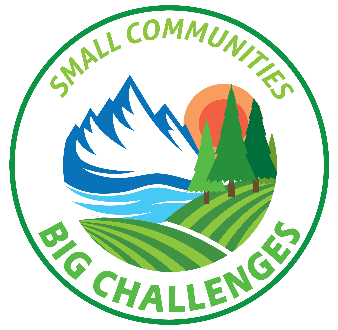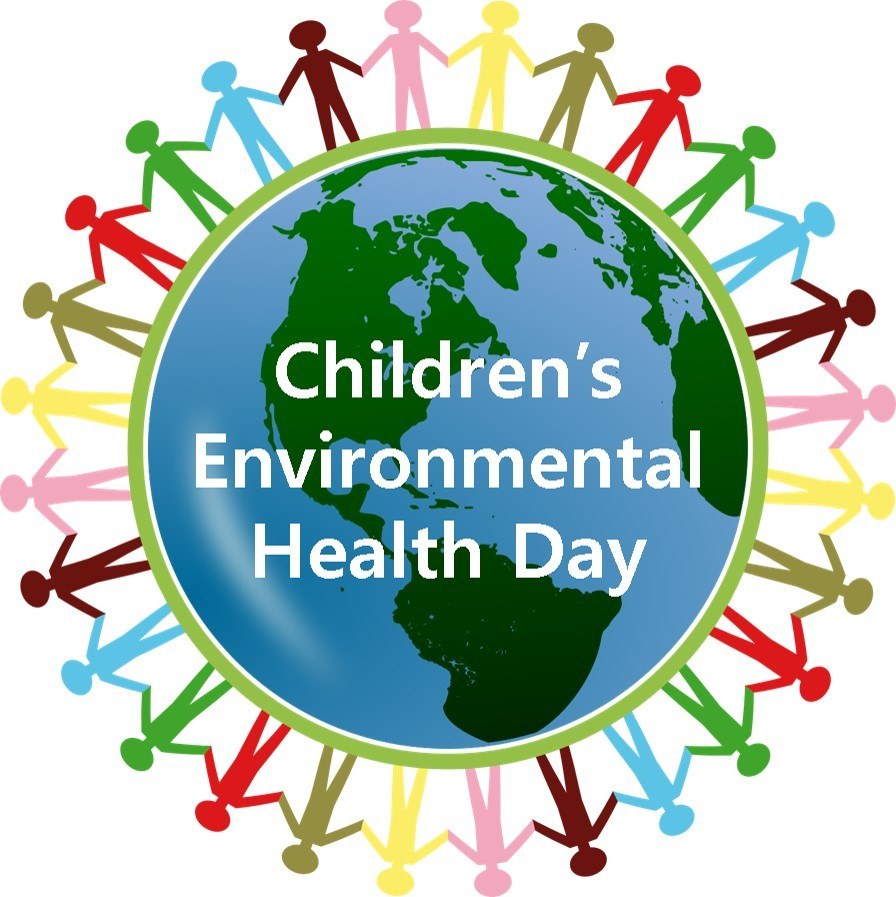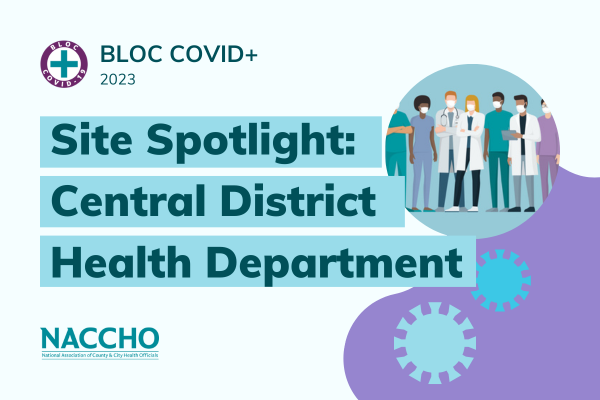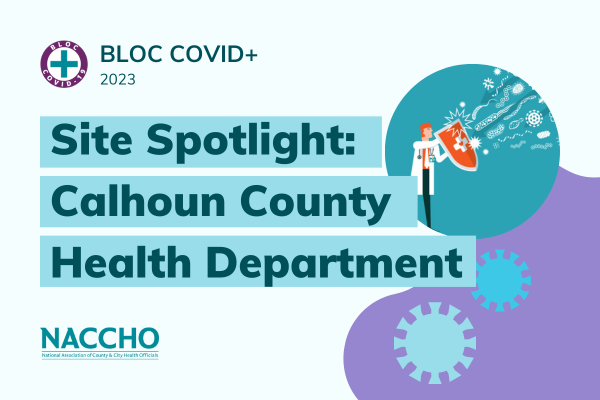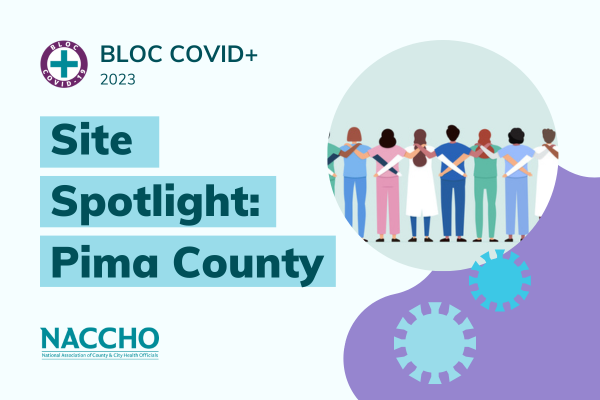Popular Categories
HepVu: Mapping the Hepatitis Epidemic in the U.S.
Today, the Rollins School of Public Health at Emory University, in partnership with Gilead Sciences, Inc., launched HepVu.org, an...
Apr 26, 2017 | Kim Rodgers
A Decade of Arboviral Activity – Lessons Learned from the Trenches
In a new article in Public Library of Science – Neglected Tropical Diseases, two scientists from the Centers for Disease Control and...
Apr 24, 2017 | Kim Rodgers
Website: Zika Care Connect
Funded by the Centers for Disease Control and Prevention (CDC) and hosted and maintained by the March of Dimes, the Zika Care Connect...
Apr 24, 2017 | Kim Rodgers
MMWR: State-Specific Rates of Syphilis Among MSM
In a recent Morbidity and Mortality Weekly Report (MMWR), the Centers for Disease Control and Prevention (CDC) released the first...
Apr 24, 2017 | Kim Rodgers
NCSD: Extragenital Testing Resources
The National Coalition of STD Directors (NCSD) is collaborating with the National Network of STD Clinical Prevention Training Centers...
Apr 24, 2017 | Kim Rodgers
PleasePrEPMe: Call for PrEP/PEP Services
PleasePrEPMe.org recently announced PleasePrEPMe — the expanded online service that assists Californians with understanding and...
Apr 24, 2017 | Kim Rodgers
Recruiting LHD Staff: 2017-2018 NACCHO Environmental Health Workgroups
Recruitment for 2017-2018 NACCHO advisory groups (i.e., committees and workgroups), including four environmental health groups (one...
Apr 20, 2017 | Anastasia Sonneman
New MMWR: Foodborne Diseases Active Surveillance Network (FoodNet)
The Centers for Disease Control and Prevention (CDC) released a new Morbidity and Mortality Weekly Report (MMWR) highlighting data...
Apr 20, 2017 | Anastasia Sonneman
Basement Guides: Water Pollution Infographic
The Basement Guides website recently released a new infographic detailing various factors related to water pollution. This resource...
Apr 20, 2017 | Anastasia Sonneman
HepVu: Mapping the Hepatitis Epidemic in the U.S.Today, the Rollins School of Public Health at Emory University, in partnership with Gilead Sciences, Inc., launched HepVu.org, an interactive online resource that offers a first-of-its-kind picture of the hepatitis C virus (HCV) epidemic across the country. HepVu, which is a Powered By AIDSVu project, presents the first standardized U.S. state-level estimates of Hepatitis C prevalence, generated... Apr 26, 2017 | Kim Rodgers |
A Decade of Arboviral Activity – Lessons Learned from the TrenchesIn a new article in Public Library of Science – Neglected Tropical Diseases, two scientists from the Centers for Disease Control and Prevention’s (CDC’s) Division of Vector-Borne Diseases (DVBD) highlight the many advances made in arbovirology over the past decade. In addition, the authors note the importance of strong state and national surveillance and preparedness systems for... Apr 24, 2017 | Kim Rodgers |
Website: Zika Care ConnectFunded by the Centers for Disease Control and Prevention (CDC) and hosted and maintained by the March of Dimes, the Zika Care Connect (ZCC) website helps families affected by Zika find information and specialty healthcare professionals who match their unique needs (e.g., location, language, insurance). ZCC also allows healthcare professionals to access patient education materials and identify... Apr 24, 2017 | Kim Rodgers |
MMWR: State-Specific Rates of Syphilis Among MSMIn a recent Morbidity and Mortality Weekly Report (MMWR), the Centers for Disease Control and Prevention (CDC) released the first state-specific rates of primary and secondary syphilis among men who have sex with men (MSM). According to this report, MSM account for over 60 percent of all early syphilis cases and rates among this population were […] Apr 24, 2017 | Kim Rodgers |
NCSD: Extragenital Testing ResourcesThe National Coalition of STD Directors (NCSD) is collaborating with the National Network of STD Clinical Prevention Training Centers (NNPTC) and the Association of Public Health Laboratories (APHL) to produce resources for clinics and laboratories to ensure that extragenital testing is available across the country. The webpage currently includes resources for medical providers and for... Apr 24, 2017 | Kim Rodgers |
PleasePrEPMe: Call for PrEP/PEP ServicesPleasePrEPMe.org recently announced PleasePrEPMe — the expanded online service that assists Californians with understanding and finding pre-exposure prophylaxis (PrEP) post-exposure prophylaxis (PEP) services. While this online tool was developed to connect Californians with services, it’s being expanded to include resource pages for all 50 states. PleasePrEPMe.org initially launched in... Apr 24, 2017 | Kim Rodgers |
Recruiting LHD Staff: 2017-2018 NACCHO Environmental Health WorkgroupsRecruitment for 2017-2018 NACCHO advisory groups (i.e., committees and workgroups), including four environmental health groups (one committee and three workgroups) is open through May 5, 2017. NACCHO advisory groups are a primary and recognized vehicle for identifying the opportunities and challenges facing local health departments (LHDs) and the field at large. NACCHO members from all areas of... Apr 20, 2017 | Anastasia Sonneman |
New MMWR: Foodborne Diseases Active Surveillance Network (FoodNet)The Centers for Disease Control and Prevention (CDC) released a new Morbidity and Mortality Weekly Report (MMWR) highlighting data from the Foodborne Diseases Active Surveillance Network (FoodNet), which accounts for 15% of the U.S. population. The report includes information surveillance data on the nine most common pathogens transmitted through food diagnosed by laboratory tests, specifically... Apr 20, 2017 | Anastasia Sonneman |
Basement Guides: Water Pollution InfographicThe Basement Guides website recently released a new infographic detailing various factors related to water pollution. This resource focuses on surface water and groundwater pollution. It describes various sources associated with these two types of water pollution, its major causes, and ways to reduce it. Local health departments are strongly encouraged to use this highly engaging […] Apr 20, 2017 | Anastasia Sonneman |
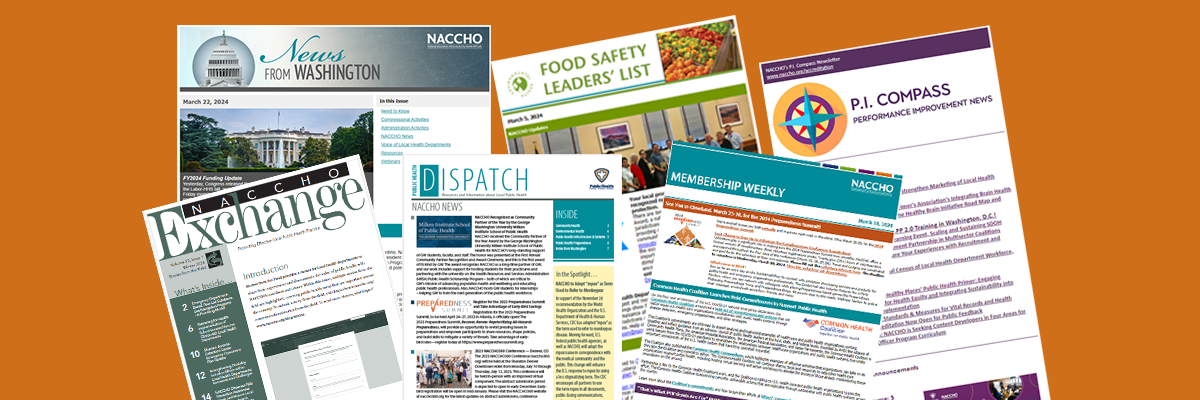
Subscribe Today
Sign Up for the E-mail Digests
Create an account or login to MyNACCHO and go to "My Subscriptions."
SUBSCRIBE NOW
